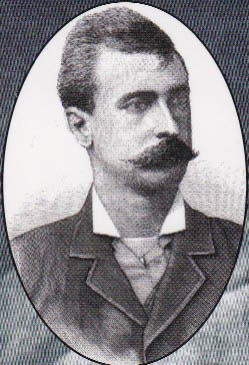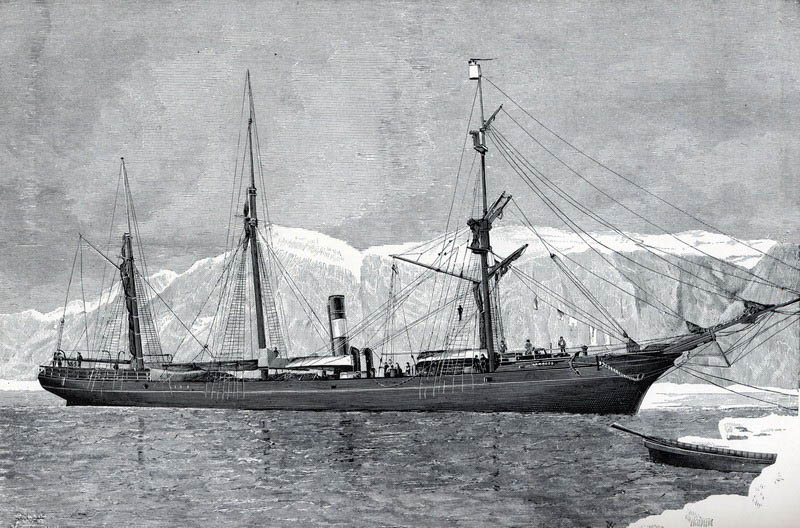
During the tragic American-led Lady Franklin Bay Expedition in 1881–1884, British North American photographer George Walter Rice (29 June 1855 – 9 April 1884) took the first photographs of the Arctic region. On April 9, 1884, Rice passed away in the Arctic while waiting for a rescue ship to arrive.
Born in Baddeck, Nova Scotia, on June 29, 1855, George W. Rice was the son of Joseph Frederick and Mary Ann (Munn) Rice. He enrolled in Columbia University Law School in New York after finishing his secondary education in North Sydney, Nova Scotia, and his elementary education in Baddeck. However, he never finished his legal education. His father, a well-known photographer who ran a studio in Bridgetown, Nova Scotia, and his two uncles, Amos Ingraham and Moses Parker Rice, both of whom maintained studios in Washington, DC, also taught him the craft of photography. Rice travelled with the Howgate Expedition to Greenland in 1880, where he gained experience as an arctic photographer.
Adolphus Greely, the expedition commander, discovered George Rice’s photographic talent in Washington, DC, and chose him to be the photographer for a scheduled voyage to the Arctic Ocean in 1881. Rice was the only Canadian on the expedition and a civilian, therefore he was rated sergeant and assigned to the United States Army Signal Corps, which supported the trip to Lady Franklin Bay on Ellesmere Island and points north.In addition, Rice had been assigned to report and take pictures of the voyage for the New York Herald, whose publisher had funded the search for the missing Jeannette expedition in the hopes that they might come across evidence of it.

On July 7, 1881, the Lady Franklin Bay Expedition sailed out of St. John’s, Newfoundland, on the steam whaler Proteus, carrying a crew of 22 people. at the late summer of 1881, base camp for the expedition was constructed as Fort Conger on the northern coast of Lady Franklin Bay after two Inuit dog sled drivers were picked up at Godhavn, Greenland. While the expedition overwintered, explored, and charted the area, the Proteus headed back to its home port. Although a planned relief attempt onboard the steamship Neptune was supposed to take place in the summer of 1882, it was not successful. The Proteus made an attempt at relief work again in the summer of 1883, but the expedition was left stranded when ice floes sank the Proteus.
Greely gave the order to abandon Fort Conger in the middle of the summer of 1883. On August 9, 1883, the expedition attempted to evacuate to Littleton Island, which is located along the Greenland coast of Baffin Bay, where a maritime rescue was more feasible, by packing only necessary supplies onto small boats. Their food supplies ran out and they were unable to reach Pim Island in Smith Sound before winter arrived, falling short of Littleton Island. While hunting seals, polar bears, and other arctic creatures to provide sustenance for the surviving survivors, Rice perished on April 9, 1884, close to Cape Sabine. On June 22, 1884, Greely and six other survivors arrived at Pim Island as part of the rescue effort that was travelling on the steamships Bear, Thetis, Alert, and the clipper Loch Garry.
Rice’s efforts were acknowledged for saving the lives of the few who did survive the ordeal.






